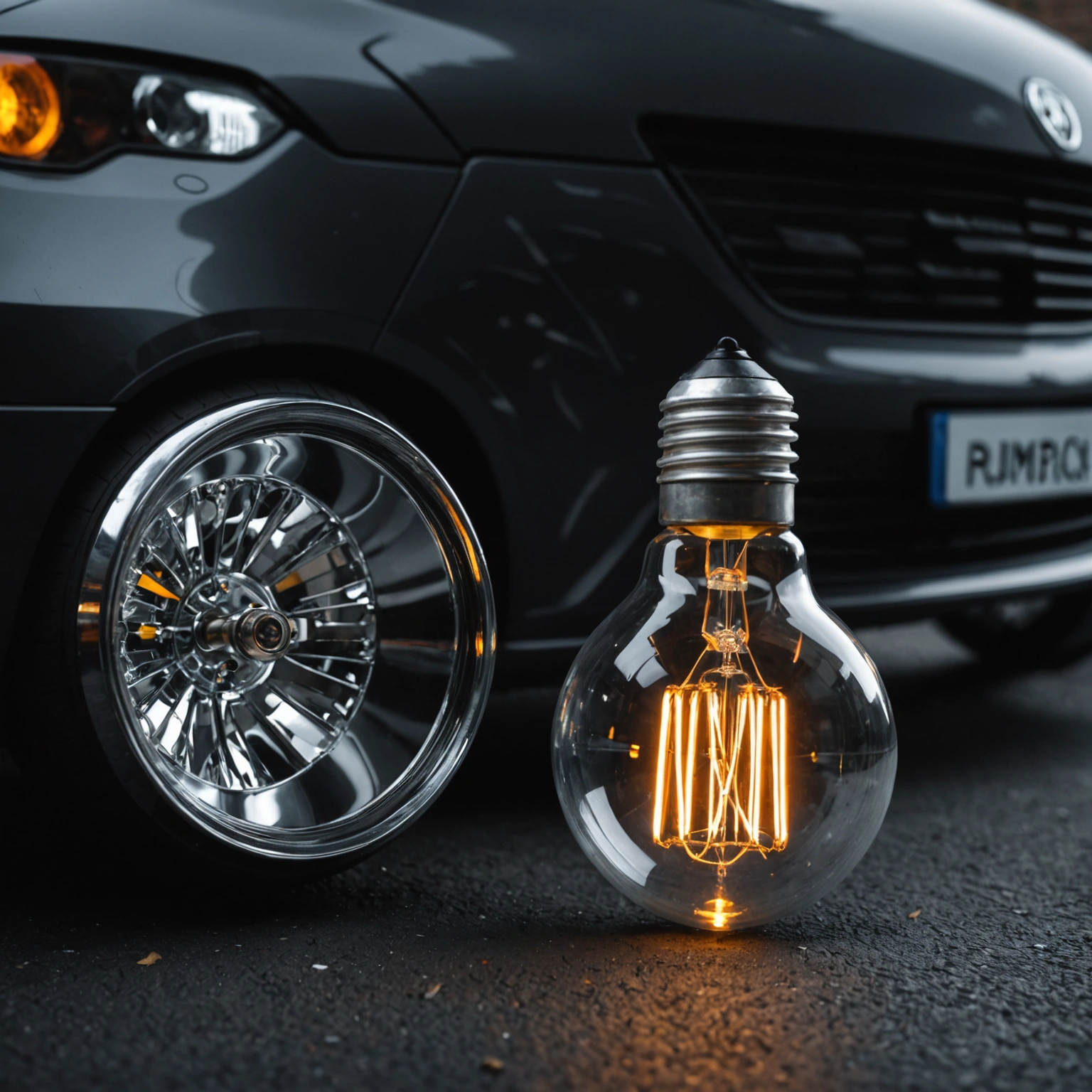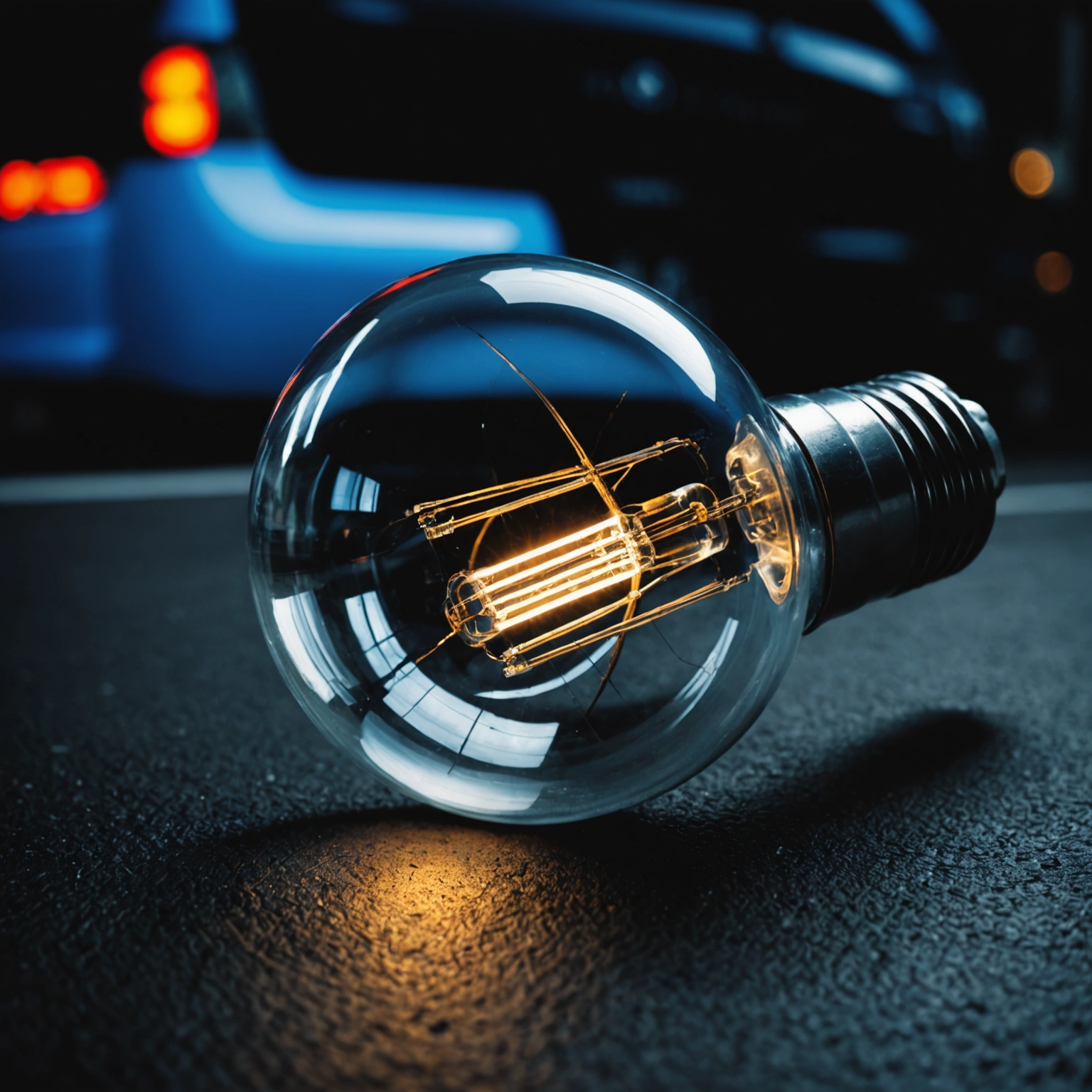**What Bulb Do I Need for My Car? A Complete Guide to Car Bulb Types and Selection**
When it comes to maintaining your vehicle’s lighting system, selecting the right bulb is essential for safety, visibility, and compliance with road regulations. Whether you’re replacing a headlight, taillight, turn signal, or interior bulb, understanding the different types and specifications can save you time and ensure optimal performance.

### Common Types of Car Bulbs
Here’s an overview of the most common automotive bulbs and their uses:

#### 1. **Halogen Bulbs**
– **Description:** The most traditional and widely used bulb type.

– **Uses:** Headlights, fog lights, and interior lighting.
– **Features:** Affordable, easy to replace, and compatible with most vehicles.

– **Example:** H1, H3, H4, H7, 9005, 9006.
#### 2. **LED Bulbs**
– **Description:** Light-emitting diode bulbs offer brighter illumination and longer lifespan.
– **Uses:** Daytime running lights, interior lights, and some headlight upgrades.
– **Features:** Energy-efficient, durable, and produce less heat.
– **Note:** Compatibility with vehicle electrical systems varies; some vehicles require LED-specific adapters.
#### 3. **Xenon/HID Bulbs**
– **Description:** High-Intensity Discharge bulbs produce a bright, white light.
– **Uses:** Upgraded headlights for better visibility.
– **Features:** Bright, long-lasting, but often require special ballasts and wiring.
### How to Determine the Correct Bulb for Your Car
1. **Consult Your Owner’s Manual**
The most reliable source for the correct bulb type. It will specify the exact bulb model for each lighting fixture.
2. **Check the Existing Bulb**
Remove the faulty bulb and look for markings on its base or glass. Bulbs typically have codes like H11, 9006, or 9005, which indicate their type.
3. **Use Online Resources**
Many automotive parts retailers have databases where you can input your vehicle’s make, model, and year to find compatible bulbs.
4. **Consider Upgrades**
If you’re thinking of upgrading (e.g., from halogen to LED), verify compatibility and whether your vehicle’s electrical system supports the new bulb type.
### Key Bulb Types and Their Common Uses
| Bulb Type | Typical Uses | Notation Examples | Notes |
|————|—————-|———————|——–|
| H1, H3, H7 | Headlights, fog lights | Single-beam bulbs | Usually halogen; check wattage |
| 9005, 9006 | High/low beams | Dual-beam headlight bulbs | Compatibility varies |
| T10, T15 | Parking, interior lights | Small bulbs | Often used in dashboard and interior |
| 1156, 1157 | Turn signals, brake lights | Rear and indicator lights | Check socket size |
| 501, 168 | Side marker, license plate | Small bulbs | Common in many applications |
### Tips for Replacing Car Bulbs
– **Handle with Care:** Avoid touching the glass part of halogen bulbs with your fingers; oils can shorten lifespan.
– **Check for Damage:** Inspect the socket and wiring for corrosion or damage.
– **Match Wattage:** Use bulbs with the correct wattage to prevent electrical issues.
– **Upgrade When Possible:** Consider upgrading to LED or brighter halogen bulbs for improved visibility.
### Final Thoughts
Finding the right bulb for your car involves checking your vehicle’s manual, inspecting the existing bulbs, and understanding your lighting needs. When in doubt, consult with a professional or your trusted auto parts retailer to ensure compatibility. Proper lighting not only keeps you safe but also ensures your vehicle remains compliant with road regulations.
—
**Stay safe on the road—regularly check and replace your bulbs as needed!**

